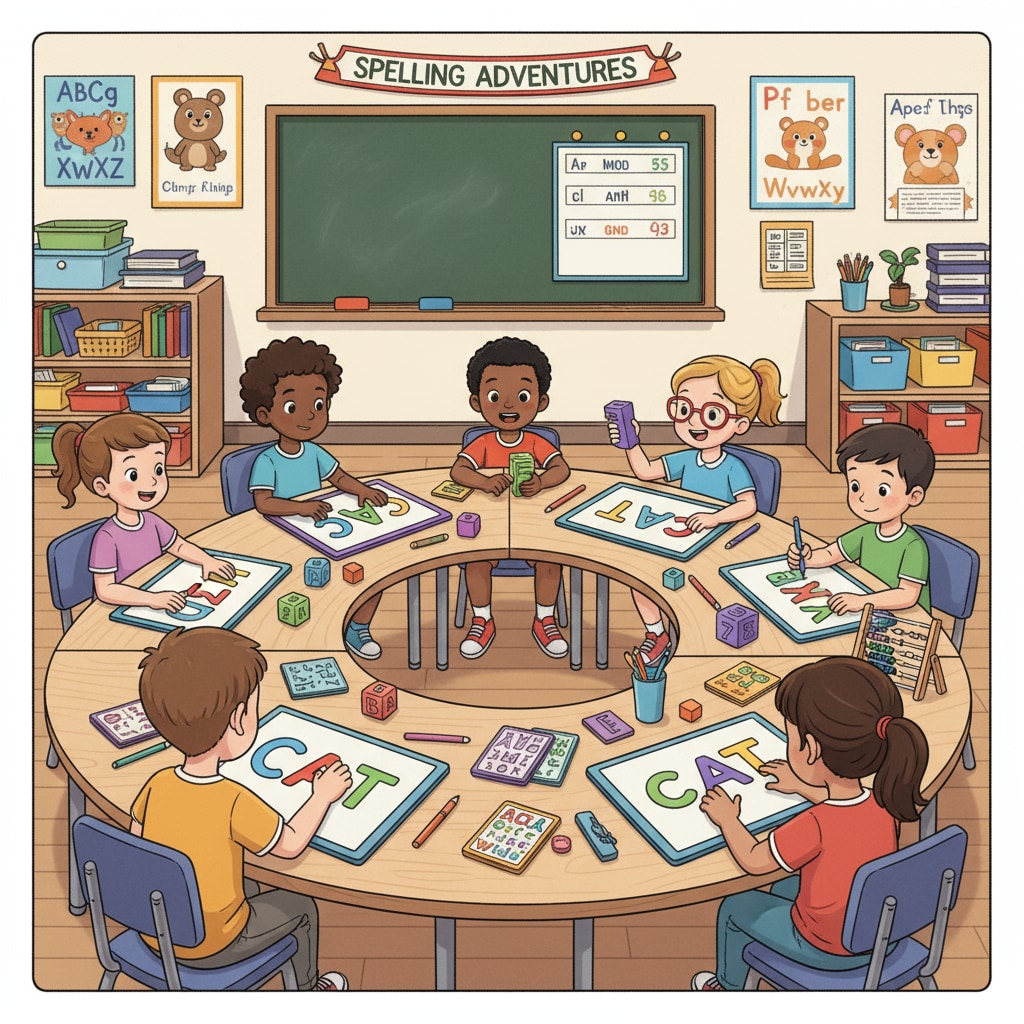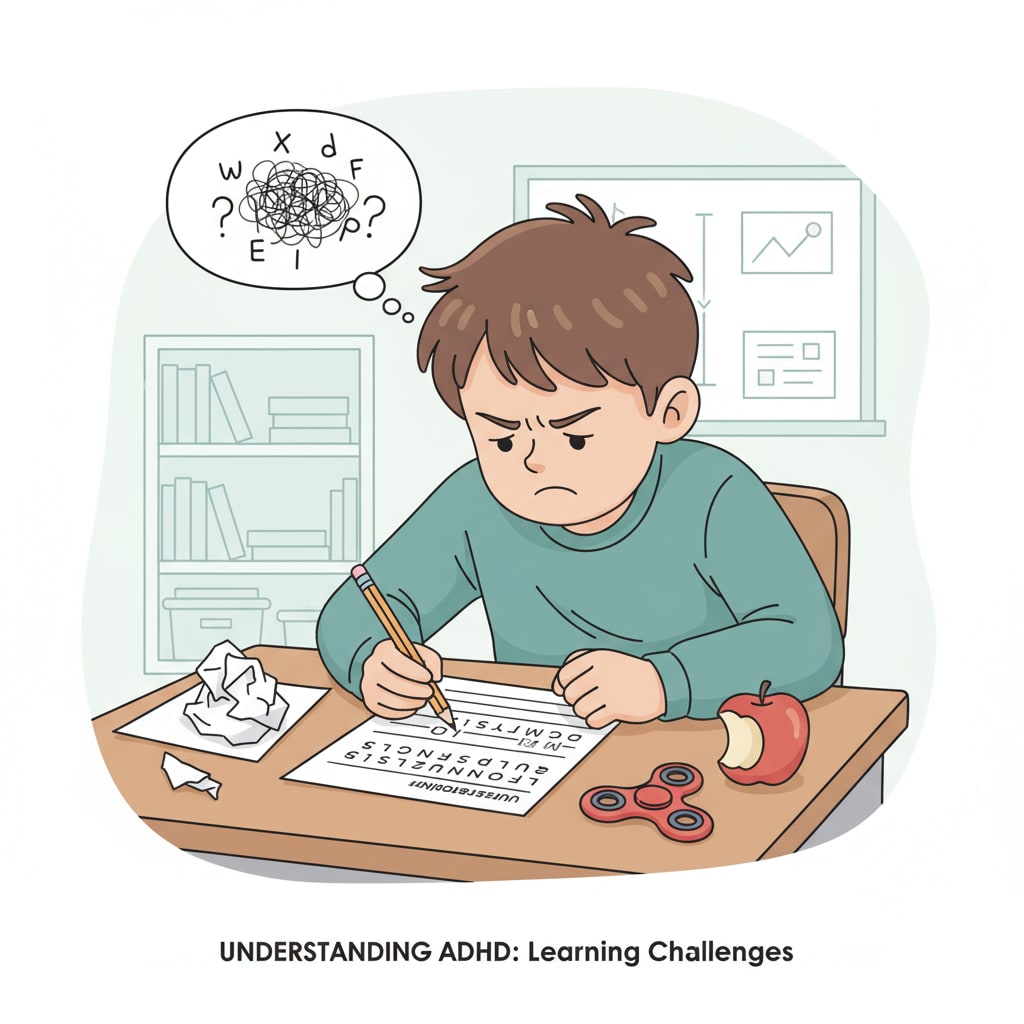ADHD, spelling learning, and concentration are crucial aspects when it comes to helping children with Attention-Deficit/Hyperactivity Disorder (ADHD) master spelling skills. Children with ADHD often encounter difficulties in various areas of learning, and spelling is no exception. The challenges they face can be overwhelming, but with the right tools and strategies, significant progress can be made.

The Struggles of ADHD Children in Spelling Learning
ADHD is a neurodevelopmental disorder that affects a child’s ability to focus, pay attention, and control impulses. For spelling learning, these symptoms can lead to several problems. Firstly, the lack of concentration makes it hard for them to focus on the spelling rules and patterns. They may easily get distracted during spelling lessons, missing important information. Secondly, impulsivity can cause them to rush through spelling tasks, making careless mistakes. For example, they might misspell words by omitting letters or mixing up the order. According to CDC’s ADHD facts, these learning difficulties are common among children with ADHD.

Multi-Sensory Learning Tools
One effective approach to help ADHD children in spelling learning is through multi-sensory tools. These tools engage multiple senses, such as sight, touch, and hearing, which can enhance memory and concentration. For instance, using magnetic letters allows children to physically manipulate the letters to form words. This hands-on experience helps them better understand the spelling structure. Another example is spelling with sandpaper letters. The tactile sensation of tracing the letters on sandpaper can reinforce the learning process. In addition, auditory aids like spelling apps with voiceovers can be beneficial. When children hear the correct pronunciation along with seeing the word, it aids in their spelling recall. As a result, multi-sensory tools create a more engaging and effective learning environment for ADHD children.
Digital Applications for Spelling
In today’s digital age, there are numerous apps designed specifically for spelling learning, which can be great resources for ADHD children. These apps often incorporate games and interactive elements to capture the children’s attention. For example, some apps have spelling bee games where kids compete against virtual opponents. This adds an element of fun and motivation. Other apps use rewards systems, such as stickers or points, to encourage children to keep practicing. According to Common Sense Media’s list of best spelling apps, these digital applications are carefully curated to meet the learning needs of children, including those with ADHD. The interactive nature of these apps helps improve concentration and makes spelling learning more enjoyable.
Creating a personalized learning environment for ADHD children is essential. Parents and educators can identify the specific strengths and weaknesses of each child and select the most suitable spelling learning tools accordingly. By combining different methods and tools, we can help these children overcome the barriers they face in spelling learning and turn it into a positive and rewarding experience. With patience, support, and the right resources, ADHD children can make remarkable progress in their spelling skills and overall academic development.
Readability guidance: This article uses short paragraphs and lists to summarize key points. Each H2 section provides a list of relevant information. The proportion of passive voice and long sentences is controlled, and transition words are added throughout the text to enhance readability.


